
Pet obesity is on the rise in the U.S. According to the Association for Pet Obesity Prevention, approximately 53% of dogs in the United States suffer from obesity. What's more, 22% of dog owners characterized their pet as normal weight when they were actually obese. Your overweight dog may seem happy, but with this disease comes other illnesses such as diabetes, high blood pressure and arthritis. If you are not willing to help your pets lose weight, you may not see them live a long and healthy life.
Image via Getty
1. Set a Realistic Goal
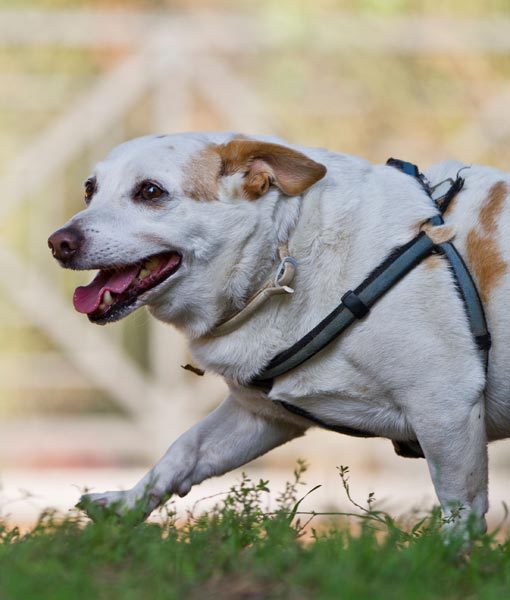
The first step to your pet's weight loss is to be realistic and set a reasonable goal. Do not overwork your dog or overdo his diet. Be compassionate and caring when thinking about what kind of plan will work for your canine. Determine with a vet how much weight your pet needs to lose to achieve a healthy weight and create a plan to achieve that goal moderately. Slowly, but surely, you will see results. Be patient with your pup! (Vetstreet)
Image via Alamy
2. Squeeze in Daily Exercise
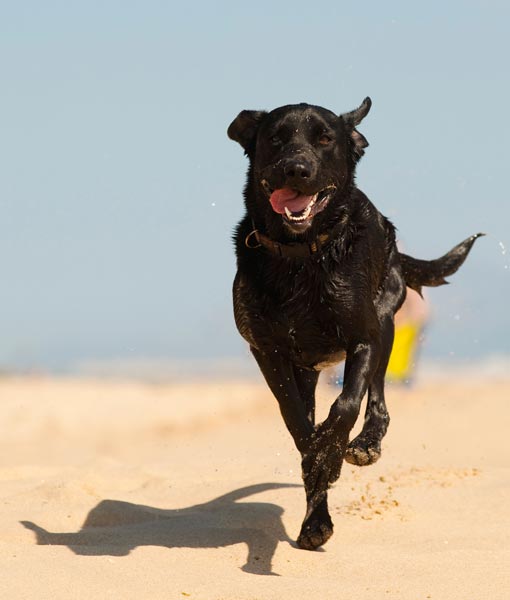
Just like humans, one of the most effective ways to lose weight is to get some exercise in. Begin with daily brisk walks with your pet. This is not just good for them — it's also great for you! The PPET (People and Pets Exercising Together) Study showed that owners who regularly exercised with their dogs were able to stick with their workout plan better than dog-less participants. As your dog gets more used to its daily routine, you can increase the intensity of the workout — instead of just going on a walk, go for a quick jog or play a game of fetch in the park. (petMD)
MORE: 6 Best Exercises to Do With Your Dog
Image via Alamy
3. Employ Portion Control
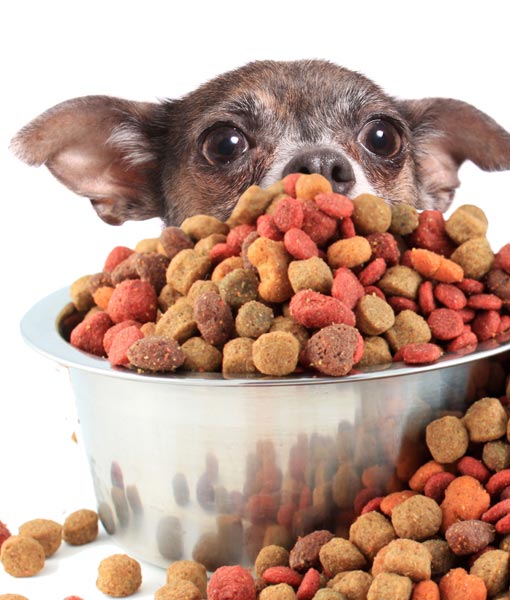
It's easy to over feed your dog if you do not know how much your dog should actually be eating. Check your dog's food package for the proper amount suggested for your pet. Try to feed your dog on the lower end of the suggested amount. Then, using a measuring tool, determine how much food you should be feeding your dog. In a 2002 study, scientists at the University of Pennsylvania School of Veterinary Medicine conducted research that showed dogs that were fed a calorie-restricted diet lived nearly two years longer than dogs consuming additional calories. That should be reason enough to control your dog's portions! (petMD)
Image via Alamy
4. Increase Feeding Frequency
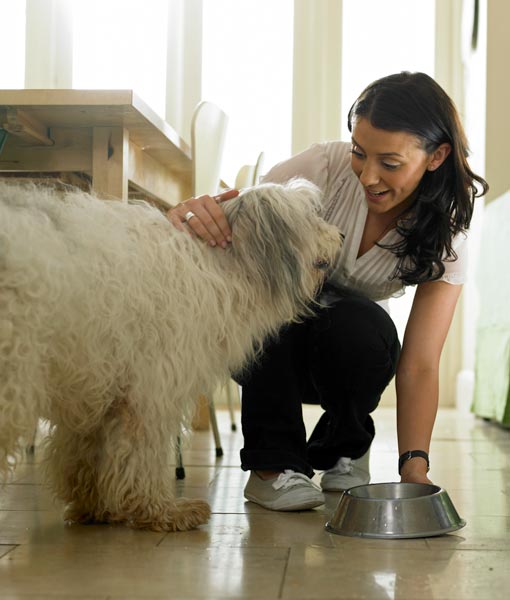
You may have heard that people who eat smaller meals throughout the day weigh less than those who eat three big meals. The same idea goes for your dog. If you feed your dog at least every 12 hours, he is less likely to binge during one big meal. It will also improve digestion. (petMD)
Image via Thinkstock
5. Reduce Dry Food & Increase Whole Foods

The kind of food you are feeding your dog may be the solution to your canine's weight loss journey. Take a look at the ingredients on your dog's food package — the earlier the ingredient is listed, the more of it there is in the dog's food. The highest ingredients should be of the highest quality. Fresh proteins, carbohydrates and fat sources are more energetically useful to your pet than what is found in dehydrated dry foods. Add steamed or pureed vegetables such as broccoli or carrots. This will dilute your pet's calories by adding more fiber. (petMD)
MORE: 10 Dog Breeds Prone to Obesity
Image via Getty
6. Treat Less
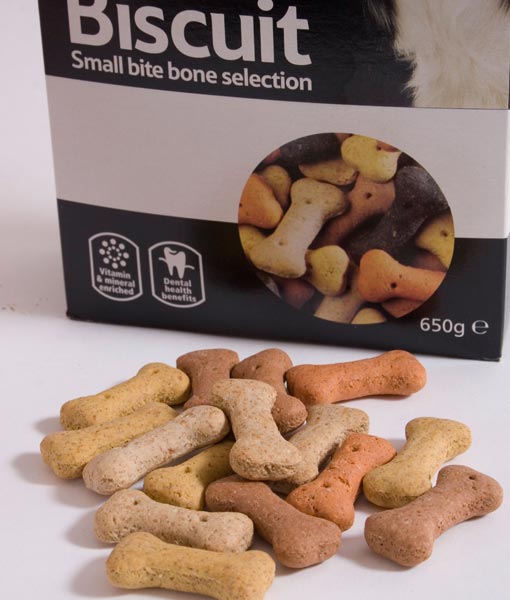
We love to slip our dogs a treat every now and then, but those tiny snacks can add up in the calorie department. Treats should not equal more than 10 percent of your dog's daily calories. If you want to give your dog healthful treats, consider fresh fruits or vegetables such as carrots, cucumbers, green beans or apples. (Vetstreet)
Image via Alamy
7. Monitor Weight Regularly & Frequently
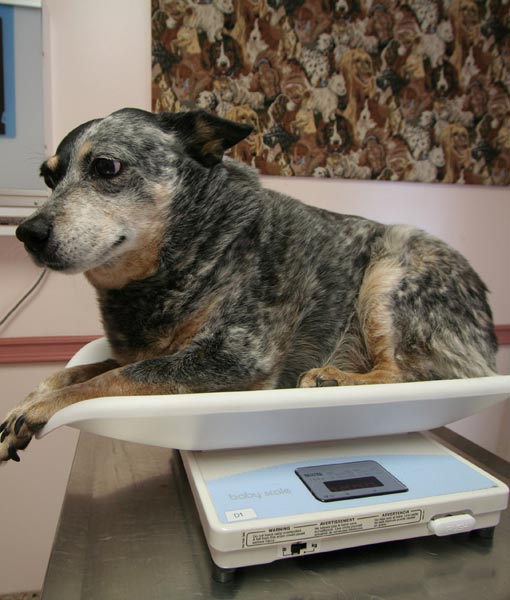
Grab a scale and schedule weekly or bi-weekly weigh-ins with your dog to monitor its progress. Overweight dogs should lose one to two percent of their body weight each week. If you find that your dog is not losing any weight, you may need to alter your plan and restrict more calories. (Vetstreet)
Image via Alamy
8. Do Not Leave The Dish Out All Day
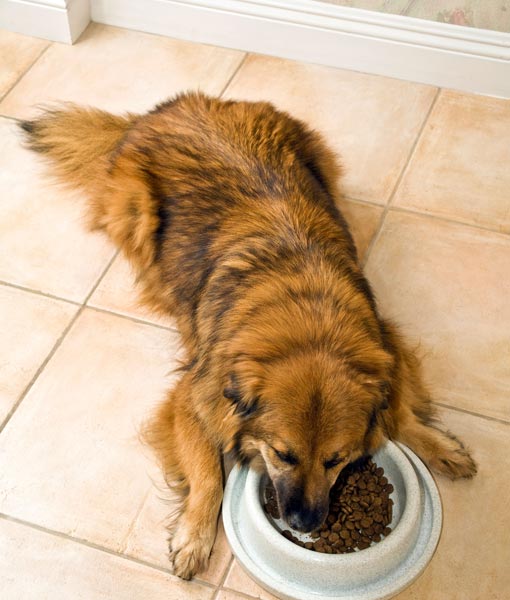
Your dogs should be put on a strict feeding schedule. You should never leave kibble out all day for your dog to choose when he or she eats. This "free" eating encourages dogs to eat when they're bored or not hungry. (Vetstreet)
MORE: 5 Dog Breeds Vets Worry About the Most
Image via Alamy
9. Use Interactive Toys
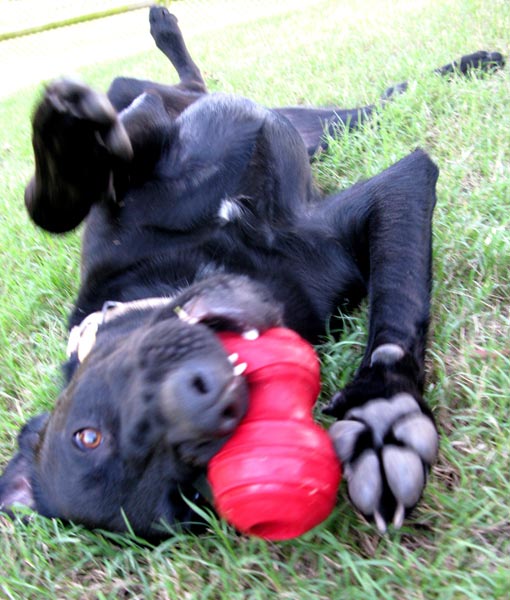
Toys that dispense treats get your dog moving and burn calories while they try to work for their reward. Be sure to use treats that will really engage your dog, such as carrots and apples. (MNN)
Image via Flickr
10. Seek Advice From an Expert or a Vet

Before you put your pet on a weight loss plan, it is important to get your dog fully diagnosed by a vet. Your vet can determine what your dog's ideal weight should be and rule out any underlying health issues that may be causing your dog's obesity. (Vetstreet)
Image via Thinkstock



